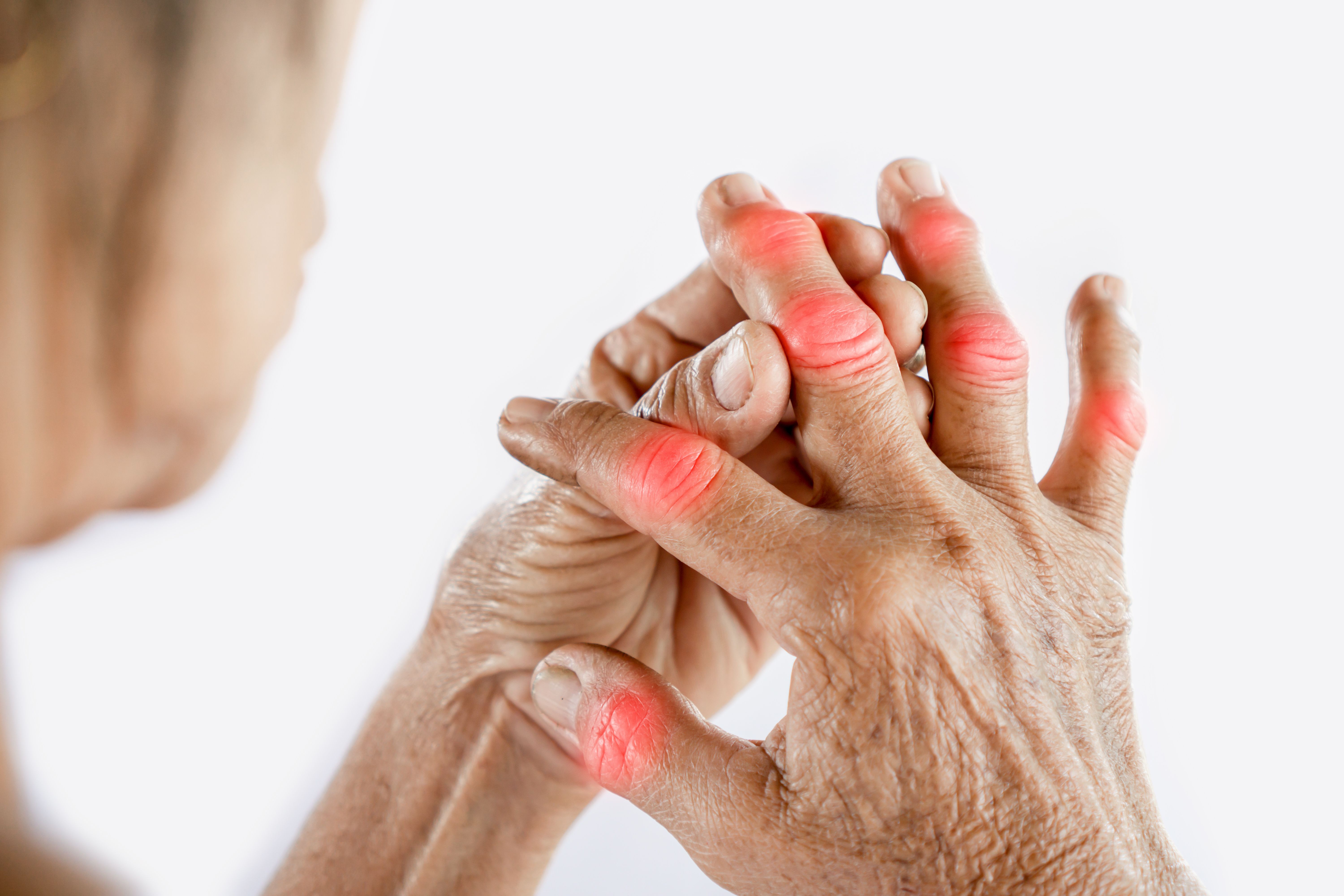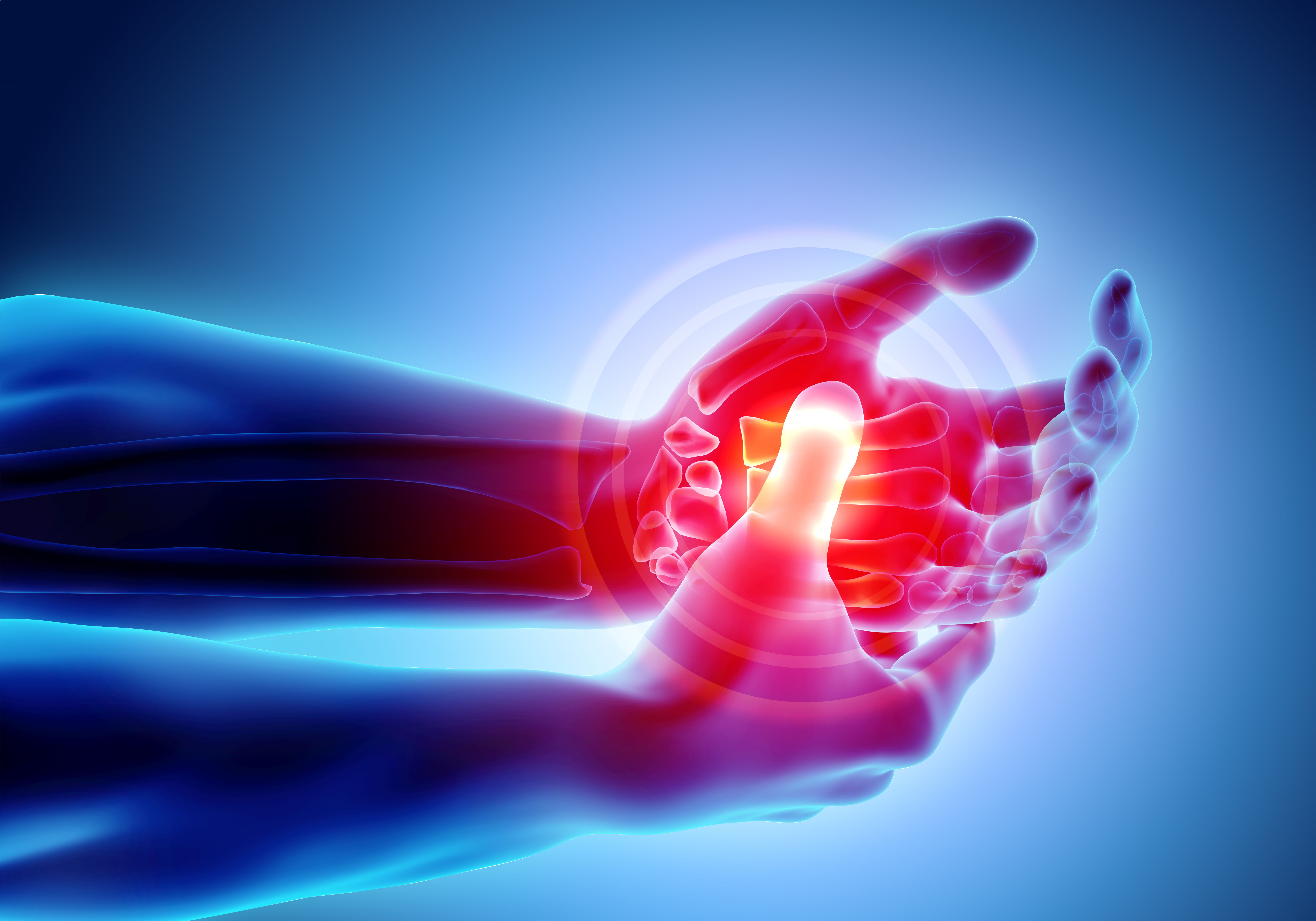Article
Trigger for Joint Inflammation May Lead to New Treatments
Author(s):
Targeting immune cells entering joints may prevent inflammatory arthritis.
The first step leading to joint inflammation in inflammatory arthritis was identified in a study published in Science Immunology.
In many cases, inflammatory arthritis—–including rheumatoid arthritis (RA) and lupus––is caused by type III hypersensitivity. The condition occurs when a localized accumulation of immune complexes are dipositive in tissue, triggering an inflammatory response that involves the infiltration and activation of immune cells, beginning with the neutrophil.
“Inflammatory arthritis is caused when immune cells are recruited from the blood into the joint in a highly regulated process controlled by chemoattractants and adhesion receptors,” said senior author Andrew Luster, MD, PhD. “But when the disease has become symptomatic, it is difficult to determine the initial steps that set off the recruitment of immune cells into the joint and the specific roles of the different chemoattractants. Our study was designed to more fully understand this process.”
In regards to type III hypersensitivity, investigators hypothesize that immune cells within tissues sense the presence of the immune complexes (ICs) through specific receptor molecules, and release cytokines that activate the endothelial cells that line the adjacent blood vessels in order to promote the recruitment of neutrophils.
For the study, the investigators sought to determine the precise role chemoattractants play in type III hypersensitivity. They used multiphoton intravital microscopy to follow the development of IC-induced arthritis in real-time in a mouse model of RA.
The results of the study showed that the presence of ICs in the joint space induced the generation of complement C5a, which is displayed on the inner walls of the adjacent blood vessels.
C5a is a component of the innate immune system. It directly initiates the adherence of neutrophils to the vessel walls by interacting with the C5a receptor on neutrophils, which then pass into the joint space and set off inflammation, according to the study.
After the inflammatory process is initiated, neutrophils within the joint space release interleukin-1, causing cells lining the joint space to produce the chemoattractants chemokines that further facilitate the movement of neutrophils into the joint space. Additionally, neutrophils within the joint also directly produce chemokines that amplify the cells’ recruitment to, and survival within, the joint space.
“The control of immune cell entry into the joint represents a major point at which new therapies could be developed to reduce the symptoms of inflammatory arthritis,” Luster said. “Imaging of the joint could help evaluate the mechanism of a drug’s therapeutic effect, and if a process turns out to be mediated by more than one chemoattractant, understand the mechanism would allow the rational design of combination therapies to completely shut down critical steps in the process.”
The authors noted that future studies will examine the characteristics of joints that underlie the critical role of C5a in initiating type III hypersensitivity, and whether specific molecules expressed on endothelial cells that line the joints play a role in transporting C5a and chemokines from the joint space into the adjacent blood vessels.
Additionally, the authors plan to image the entry into the joint space of other immune cells involved in RA, such as T cells, B cells, dendritic cells, and macrophages, to examine their interactions with structural cells of the joint and with each other.






